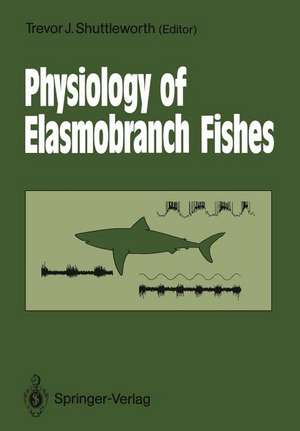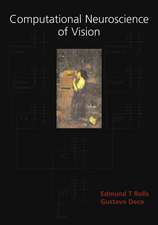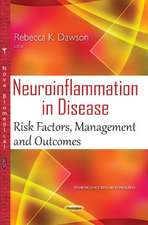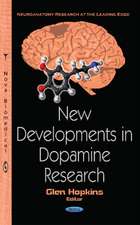Physiology of Elasmobranch Fishes
Editat de Trevor J. Shuttleworthen Limba Engleză Paperback – 27 dec 2011
Preț: 644.82 lei
Preț vechi: 758.60 lei
-15% Nou
Puncte Express: 967
Preț estimativ în valută:
123.40€ • 133.100$ • 103.66£
123.40€ • 133.100$ • 103.66£
Carte tipărită la comandă
Livrare economică 23 aprilie-07 mai
Preluare comenzi: 021 569.72.76
Specificații
ISBN-13: 9783642733383
ISBN-10: 3642733387
Pagini: 340
Ilustrații: XII, 324 p.
Dimensiuni: 170 x 244 x 18 mm
Greutate: 0.54 kg
Ediția:Softcover reprint of the original 1st ed. 1988
Editura: Springer Berlin, Heidelberg
Colecția Springer
Locul publicării:Berlin, Heidelberg, Germany
ISBN-10: 3642733387
Pagini: 340
Ilustrații: XII, 324 p.
Dimensiuni: 170 x 244 x 18 mm
Greutate: 0.54 kg
Ediția:Softcover reprint of the original 1st ed. 1988
Editura: Springer Berlin, Heidelberg
Colecția Springer
Locul publicării:Berlin, Heidelberg, Germany
Public țintă
ResearchCuprins
1 Cardiovascular and Respiratory Systems.- 1.1 Functional Morphology of the Cardiovascular and Respiratory Systems.- 1.2 Gas Exchange.- 1.3 Control of the Cardiovascular and Respiratory Systems.- 1.4 Supply of and Demand for Oxygen: Integrated Responses of the Respiratory and Cardiovascular Systems.- References.- 2 The Central Nervous System.- 2.1 The Plan of the Elasmobranch Central Nervous System.- 2.2 Control of Motor Behaviour.- 2.3 Central Analysis of Sensory Information.- 2.4 Concluding Remarks.- References.- 3 Sensory Physiology.- 3.1 Olfactory System.- 3.2 Visual System.- 3.3 Octavolateralis System.- References.- 4 Muscles and Locomotion.- 4.1 General Organization of the Locomotor System.- 4.2 The Locomotor Muscle Fibres.- 4.3 Physiology.- 4.4 Buoyancy and Lift.- 4.5 Swimming.- 4.6 Concluding Remarks.- References.- 5 The Autonomic Nervous System.- 5.1 Anatomy of the Autonomic Nervous System.- 5.2 Chromaffin Tissue.- 5.3 Circulatory System.- 5.4 The Spleen.- 5.5 Gut.- 5.6 Uro-Genital Organs.- 5.7 The Iris.- 5.8 Concluding Remarks.- References.- 6 Salt and Water Balance — Extrarenal Mechanisms.- 6.1 Overall Hydromineral Status.- 6.2 The Retention of Urea and TMAO.- 6.3 Water Fluxes and Permeabilities.- 6.4 Ion Fluxes and Permeabilities.- 6.5 Elimination of Excess Ions.- 6.6 Rectal Gland.- 6.7 Euryhaline and Freshwater Elasmobranchs.- 6.8 Osmoregulation During Development.- References.- 7 Kidney Function.- 7.1 Gross Morphology.- 7.2 Blood Supply.- 7.3 Microanatomy of the Nephron.- 7.4 Kidney Function.- 7.5 Control of Kidney Function.- References.- 8 Acid-Base Regulation.- 8.1 Steady-State Acid-Base Regulation.- 8.1.1 Release of Acid-Base-Relevant Substances.- 8.1.2 Steady-State Acid-Base Status.- 8.1.3 Imidazole Alphastat Regulation.- 8.2 Acid-Base StressConditions.- 8.3 Site and Utilization of Transepithelial Ion Transfer Mechanisms.- 8.4 Conclusion.- References.- 9 Nitrogen Metabolism.- 9.1 Nature and Routes of Excretion.- 9.2 Biochemical Pathways of Formation.- 9.3 Urea Toxicity and Counteraction by Trimethylamine oxide.- 9.4 Physiological and Evolutionary Adaptations of Nitrogen Metabolism for Osmoregulation.- 9.5 Amino Acids and Intracellular Osmoregulation.- References.- 10 Reproductive Physiology.- A The Female.- B The Male.- References.















